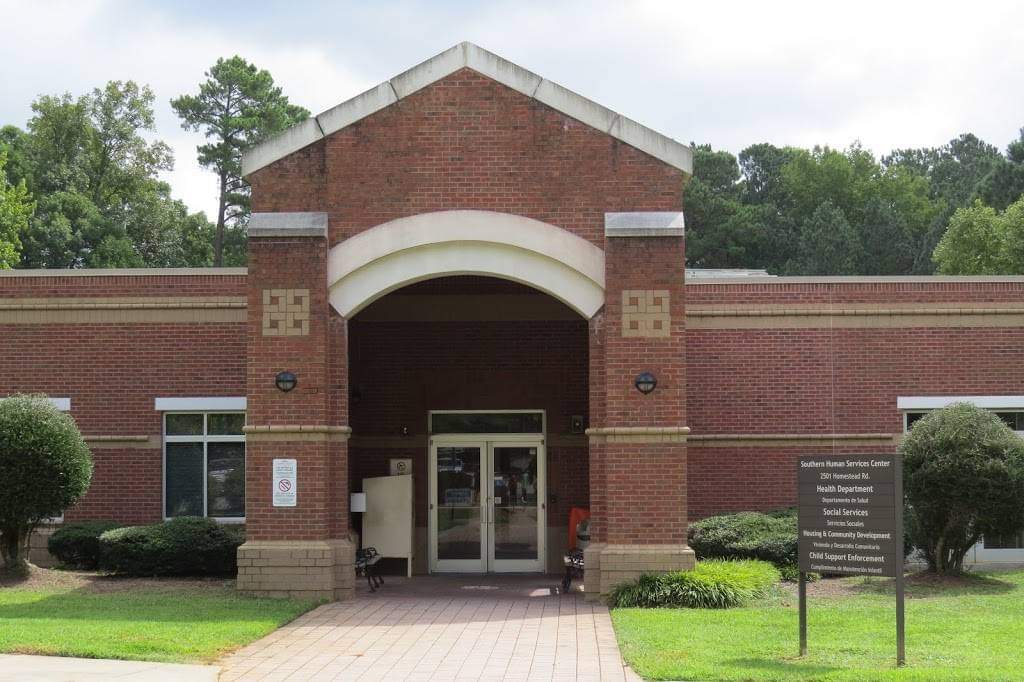[Dear Readers: It takes me the better part of each week to research, write, and edit my columns. Some weeks, like this one, events occur mid-week which have a bearing on the topic, but I don’t have time to fully rewrite the column to incorporate them. As I was putting the finishing touches on this one, the first ever case of local transmission of chikungunya in the United States occurred in Florida. Please keep that in mind as you read. – Jeff.]
Last week, in Part I of this series, I explained the background of chikungunya virus and why I believe an epidemic of this disease, which is transferred from person to person by mosquito bites, is likely to occur in the continental United States in the coming months. I received some feedback from several readers who thought I was being a bit alarmist. Let me respond to those comments before proceeding.
Mosquito-borne diseases are by no means unknown in the United States. In the early 1900s, malaria, a disease transmitted by mosquitoes, was common in every U.S. state other than Alaska. The Centers for Disease Control (CDC) was created specifically to combat malaria and organized the National Malarial Eradication Program from 1947 to 1952, which primarily involved spraying massive amounts of DDT. This effort was successful, and malaria was eliminated from the U.S. Unfortunately, this public health achievement came at the expense of significant environmental damage, as famously summarized in Rachel Carson’s classic book from 1962, Silent Spring.
In 1999, the first case of West Nile Virus, another disease transmitted by mosquitoes, was detected in New York City, the first recorded local transmission in the U.S. In just 15 years, this disease has spread throughout the country, with an estimated annual infection rate in excess of 100,000. So as you can see, we here in the U.S. have no special magic powers to protect us from diseases that we may have thought only affect other people in far away places.
Despite the fact that it has been clear for a long time that chikungunya would eventually reach the U.S., we have not been preparing in a meaningful way. In particular, we have not created a vaccine, nor have we been trying very hard to do so. A vaccine for chikungunya would come from either government labs or the pharmaceutical industry. Government health research has been hampered for the last several decades due to funding cuts, and developing new vaccines is not viewed as sufficiently profitable by the shareholder-value-driven pharmaceutical industry. As a result, we are about to be caught with our pants down.
While it seems clear to me that the southeastern United States is about to experience an epidemic of chikungunya (the first two locally-transmitted cases occurred this week in Florida), what is unclear is its likely extent. The current epidemic in the Dominican Republic may provide some insight. Since chikungunya struck the Dominican Republic in early April, there have been almost 200,000 cases, an incidence rate of 20 per thousand for this nation of 10 million people. If the Southeast, with a population of approximately 80 million, had the same incidence rate as the Dominican Republic, we would expect 1.5 million cases in the first 100 days of an epidemic. However, due to widespread availability of insect repellent here and our stay-inside-the-air-conditioned-space lifestyles, our incidence rate is likely to be lower. For the sake of argument, let’s assume our incidence rate will be 1/3 that of the Dominican Republic. This would translate to half a million cases in the first hundred days, and we would then project approximately 10 million cases in the first year. With chikungunya’s fatality rate of 0.4%, an epidemic of this scale would kill 40,000, with fatalities being disproportionately among the very old and very young.
To put those 40,000 deaths in perspective, this is about the same number of annual deaths we see in the U.S. from each of the following causes: influenza, car accidents, suicides, and shootings. While we have become somewhat desensitized to deaths stemming from these familiar hazards, I anticipate that public reaction to an epidemic from a new and unfamiliar disease with a strange name will be something approaching widespread panic. Let me try to explain why.
First of all, nothing about the current level of function in either our state or federal government suggests that they could effectively coordinate either communications or logistics in a public health crisis. Now add to this the fact that a large portion of the public seems to have developed rather extreme anti-science views, for example the anti-vaccine and intelligent design communities. I think we can anticipate a fair number of non-productive conspiracy theories to arise from these factions and distract from addressing the problem. Furthermore, I think we can also safety assume the epidemic will be politicized almost immediately. Given that chikungunya has reached Florida already, we could only be hours away from claims that this epidemic is President Obama’s fault and that the public is being put at risk by “liberals” who valued salamanders over humans by banning DDT. I expect calls for the return of DDT as well. (1)
So what can or should we do here locally to prepare for chikungunya? Epidemics are all about math. In this case the key variables are the number of currently infected people, the number of mosquitoes that can transmit the virus, and the number of mosquito bites. As time passes, a fourth variable, the number of people who are immune from having had chikungunya already, will become a factor. We can collectively help to slow the spread of chikungunya by reducing the overall rate of mosquito bites in the county through common sense measures of which you are already aware: using bug repellent, wearing clothing the covers the body, minimizing pools of standing water near your home, and not going out at dusk and other times of day that mosquitoes are most active.
In addition, the Orange County Health Department should start making preparations. Cases of chikungunya will occur in geographic clusters. People who get the disease need anti-inflammatory and pain-reducing medications as well as fluids to fend off dehydration. Unfortunately, the United States is currently experiencing a shortage of sterile saline which is used to treat dehydration. In addition, if we had a cluster of cases in Orange County we could easily run out of hospital beds. We need to have a plan in place – and we may already have one – for a temporary clinic for hospital overflow, and we should work to build an inventory of saline solution. We also need a communications plan so that, at least here locally, people will have accurate information.
On the national level, an emergency allocation of money should be given to the National Institutes of Health to fast-track vaccine research and development. The economic return from avoiding waves of chikungunya epidemics will more than justify the expense. Plus, it’s just the right thing to do.
I will be continuing to monitor this situation as it develops. Follow my Twitter feed @commonscience for updates.
Have a comment or question? Use the interface below or send me an email to commonscience@chapelboro.com. Think that this column includes important points that others should consider? Send out a link on Facebook or Twitter.
(1) In addition to its attendant environmental impact, DDT is not as well suited to fighting chikungunya as to malaria. Malaria is caused by a parasite rather than a virus. Having malaria does not make you immune to future infections, giving you the wonderful opportunity to have it over and over again. Therefore, the only effective way to get rid of malaria was to kill all of the mosquitoes and, therefore, the parasites. The CDC was able to do this in 5 years.
Chikungunya spreads much faster than malaria and you can only get it once. Long before we could even come close to killing off the mosquito population, the human population would have developed a fairly high level of herd immunity from the spread of the disease. So by the time we finished killing the mosquitoes it would not be necessary to do so any longer, and we would be despoiling the environment for no reason. Sadly, I expect the nuances of this to be too subtle for some.




Comments on Chapelboro are moderated according to our Community Guidelines